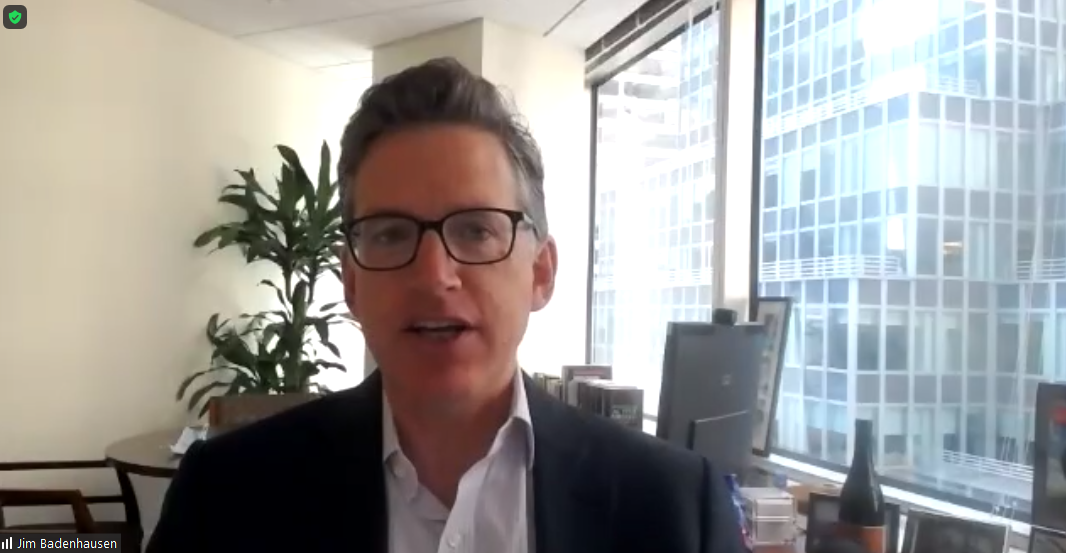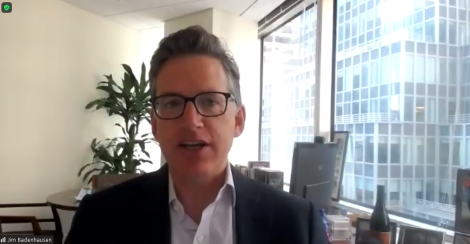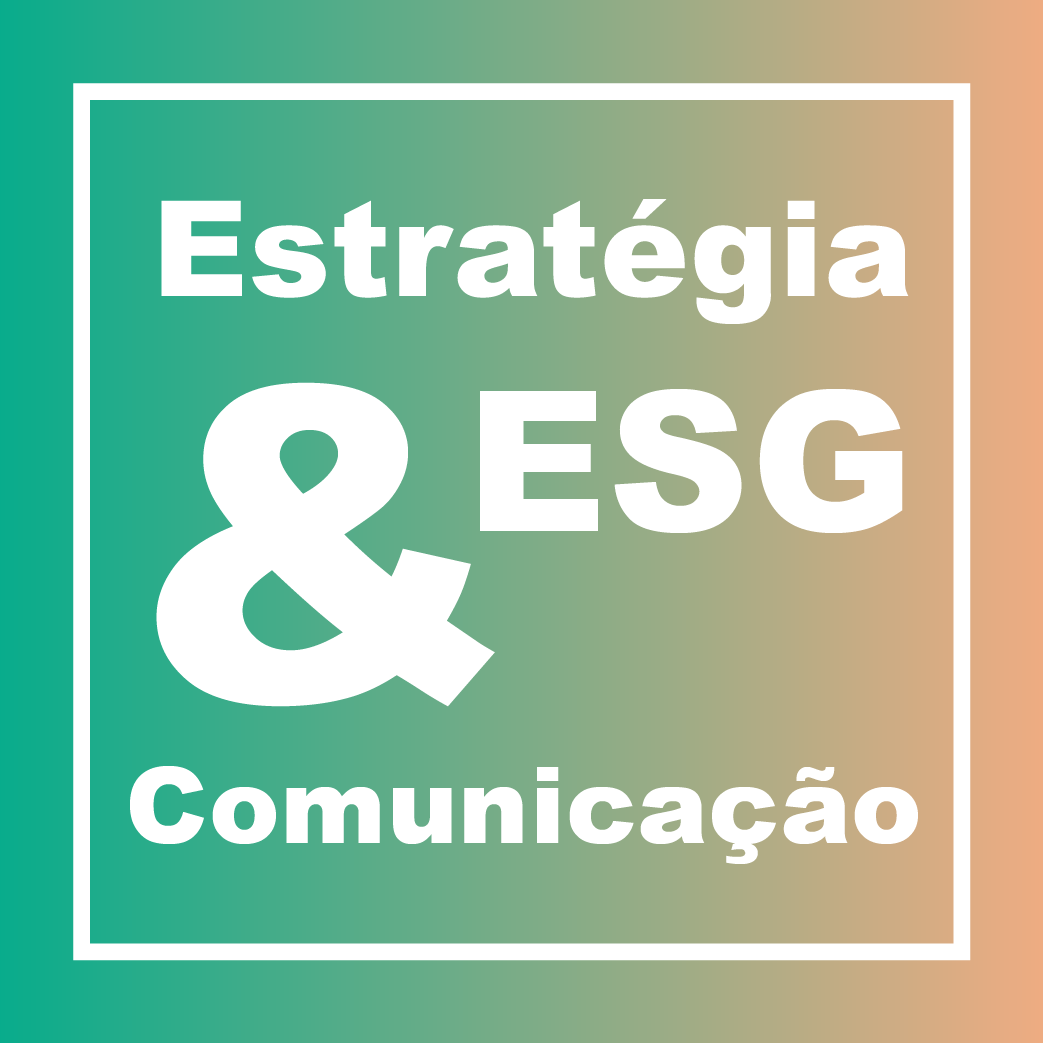BlackRock’s Global Head of Communication talks about the letter that guides the market’s narratives
Jim Badenhausen spoke with LiderCom, Aberje’s Communication leadership group

How can communication professionals design business initiatives that have a lasting effect of bringing a fairer society and a sustainable environment? To explore this issue, Aberje’s LiderCom group, a group of Communication leaders associated with the entity, spoke with Jim Badenhausen, Global Head of Corporate Communication at BlackRock, the world’s largest investment fund. The online event also had the opening of the General Director of Aberje, Hamilton dos Santos, the President of the Page Society, Roger Bolton, and with the mediation of Marcelo Behar, VP of Sustainability and Corporate Affairs of Natura &Co.
In his opening remarks, Roger Bolton, president of the Page Society – a professional association that brings together senior public relations and corporate communications executives and educators from the US and worldwide – stressed the importance of partnering with Aberje to contribute to the association’s objectives. To learn more about Page, access the material presented by Bolton or visit the website.
A letter that became a reference
The first letter written by Larry Fink, CEO of BlackRock, was published in 2012. The text was part of an annual management report, which spoke of good practices and corporate governance. However, it did not address the core issues that companies needed to be aware of. Larry Fink understood that the big challenge was to transcend the approach of minute-by-minute checking on the market, i.e., the short-term vision. Badenhausen says that BlackRock is long-term thinking, so it needed to create an alternate narrative in the letter that would capture that perspective of what was necessary for CEOs to look at.
The letter definitely gained the spotlight in 2018. That year Larry wrote about purpose, channeling what he heard from other CEOs about the importance of corporate purpose. The letter started to resonate in the media and seemed to touch a nerve, not only because it brought new ideas but also because an investor talked about it, which surprised people.
Badenhausen says that in 2020, the letter brought up an issue that was not a central theme for the financial world: sustainability and the impact of climate change. Focused more on the material implications of climate change, it was a letter that offered a whole different level of attention and brought new perspectives.
According to the executive, the ESG guidelines can be thought of at two different levels for the capital market: as a corporation and an investor entity. Reporting sustainability is increasingly important as investment fund clients seek this topic.
As a practice of transparency and consistency, investment funds must disclose their own numbers related to what they ask from the market. The motto is to lead by example by disclosing your carbon footprint and using other sustainability metrics – always making it clear how emissions are measured in the portfolio.
Communication reports, a constant exercise
How to evaluate communication reports? Do the words and numbers say a lot? Should gaps and new demands be assessed? How to assess and prevent the possibility of greenwashing in ESG communication, and what aspects are done to analyze the reliability of the information?
For Badenhausen, one of the aspects that need to be defended is consistency so that the business is aligned with global standards and crucial sustainable factors. You need to have data that can be compared in sustainability reports. It’s a matter of investor relations and public relations. This exercise makes professionals even better as communicators and brings consistency to the organization, according to Badenhausen.
COMENTÁRIOS:
Destaques
- Sports as an instrument of Change
- Aberje Launches Newsletter with Economic Panorama
- Charting a Path to Responsible Communication: WPRF 2023 Wraps Up in Chennai, India
- Global Alliance AGM elects new Board 2023
- Aberje discloses its positions on the Fake News Bill (PL 2630/2020)
ARTIGOS E COLUNAS
Marcos Santos Maratona da vidaMônica Brissac Thought Leadership: marca pessoal x reputação corporativaLetícia Tavares Liderança comunicadora: um tema sempre atualHamilton dos Santos Comunicação é estratégica na economia contemporâneaCarlos Parente Um salto ornamental para mergulhar no pires




























